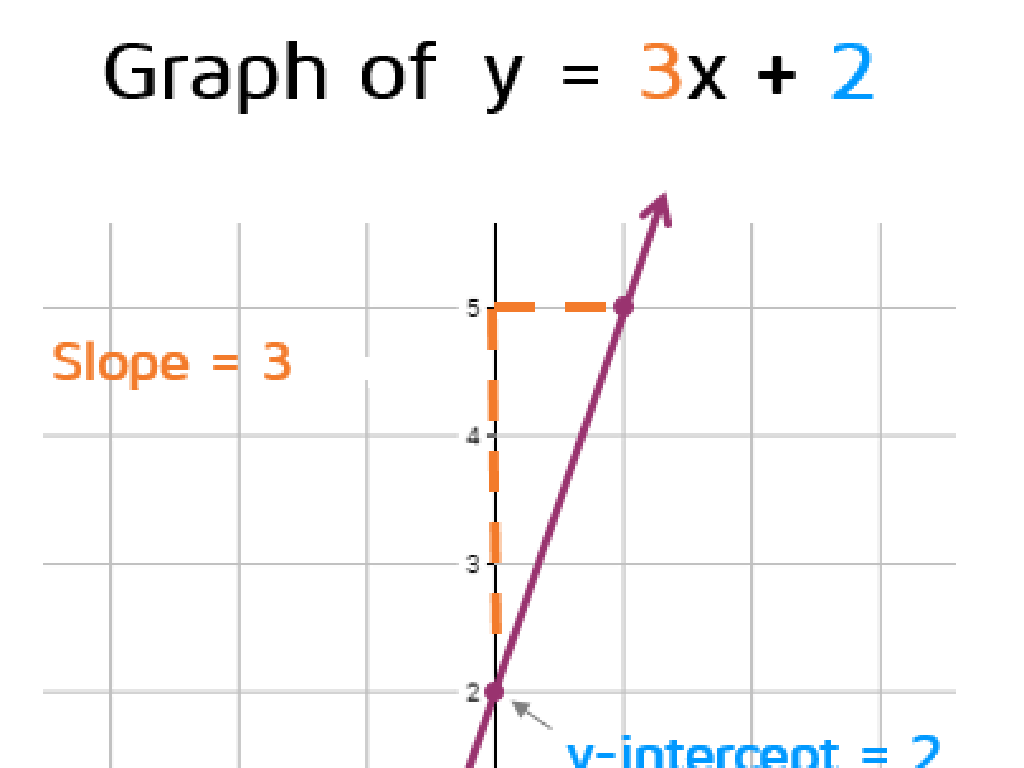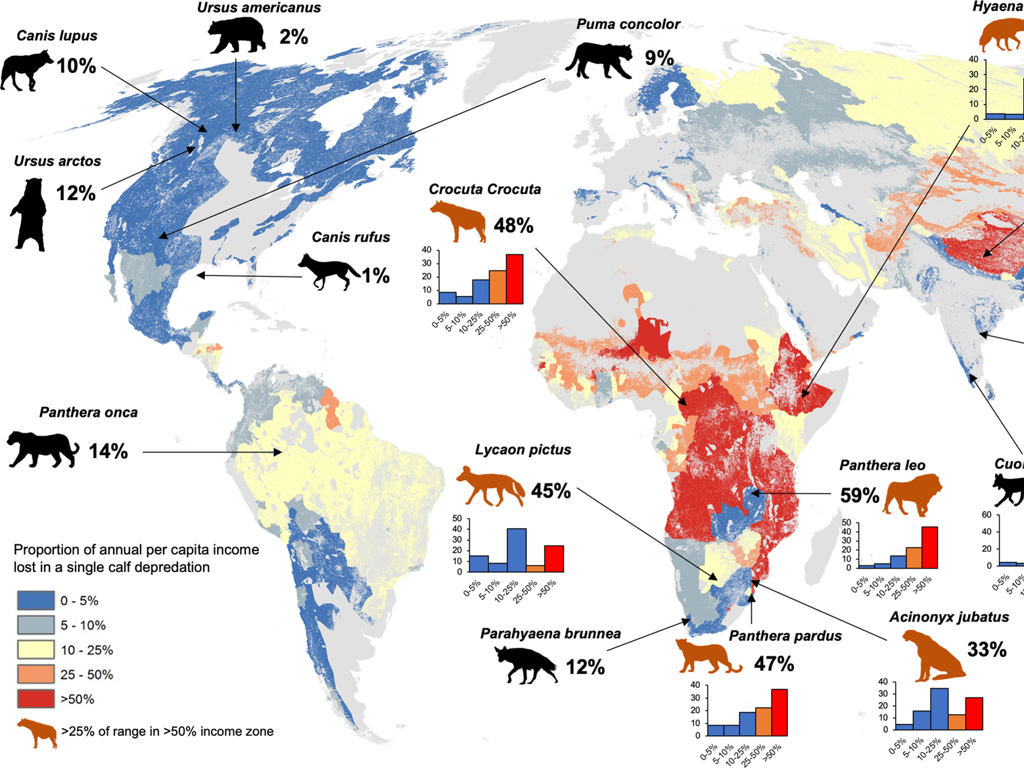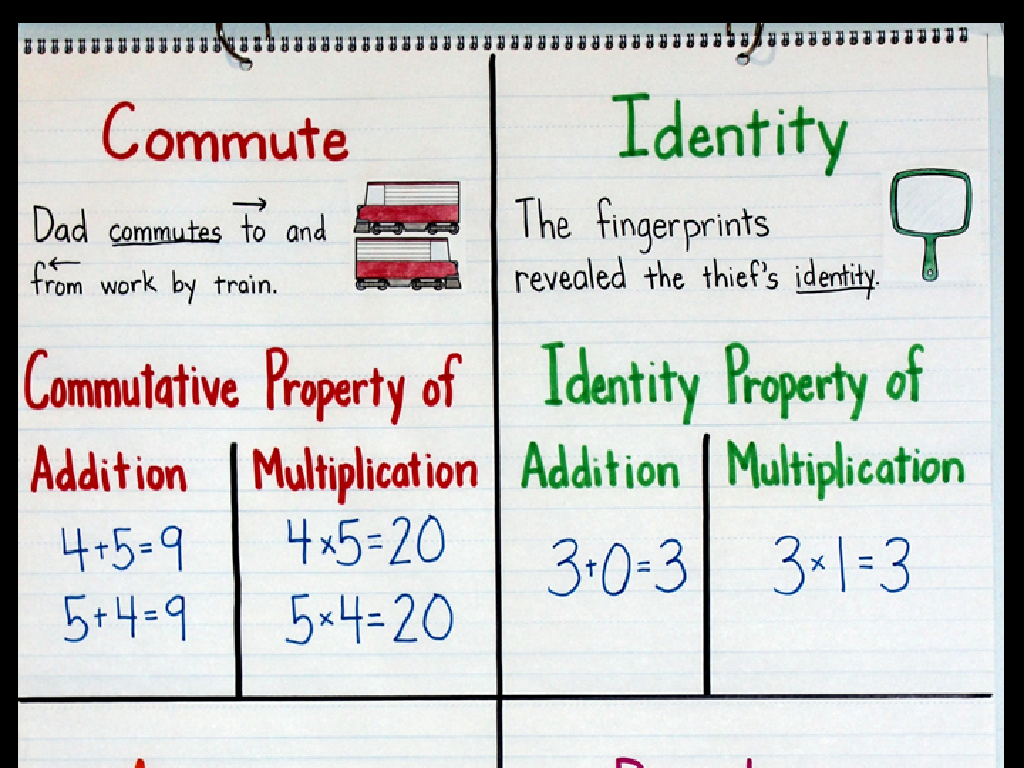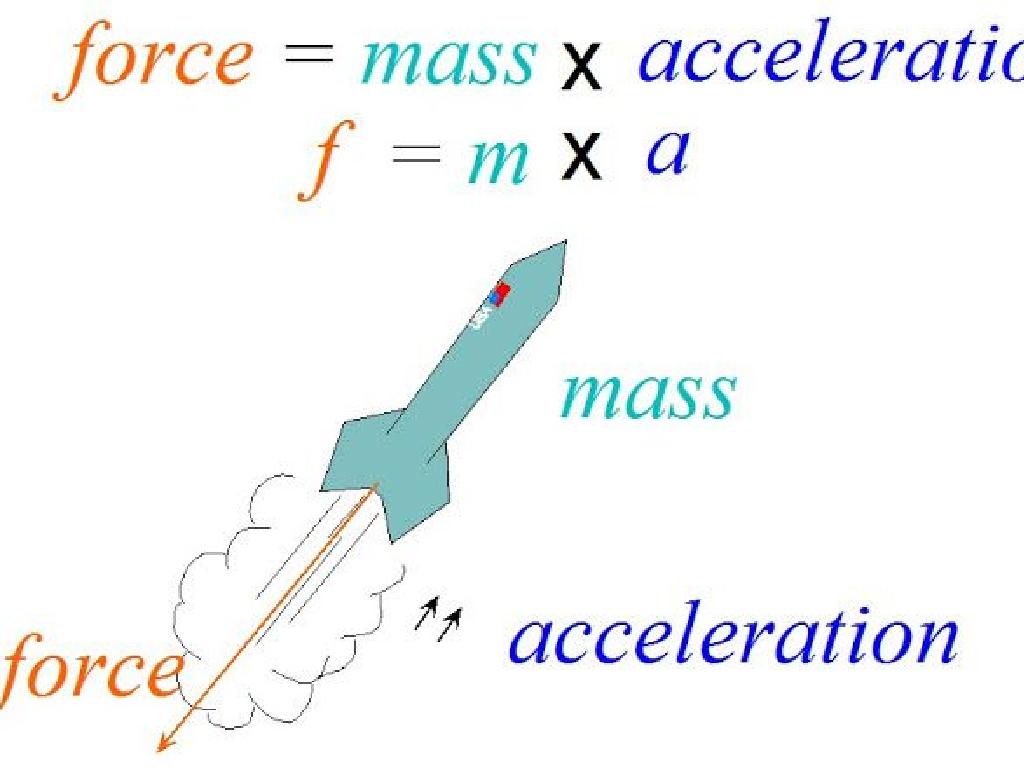Identify Shortage And Surplus
Subject: Social studies
Grade: Fourth grade
Topic: Supply And Demand
Please LOG IN to download the presentation. Access is available to registered users only.
View More Content
Understanding Shortage and Surplus
– Basics of buying and selling
– What are supply and demand?
– Supply is how much is available, demand is how much people want
– Exploring shortage
– Shortage happens when demand is greater than supply
– Understanding surplus
– Surplus occurs when supply exceeds demand
|
This slide introduces the fundamental concepts of supply and demand, which are crucial for understanding how markets work. Begin by explaining the basics of buying and selling, emphasizing that for any transaction to occur, someone must want to buy (demand) and someone must want to sell (supply). Clarify the terms ‘supply’ and ‘demand’ with simple definitions. Then, delve into the concept of shortage, where the demand for a product is higher than the available supply, often leading to empty shelves or long waiting lists. Contrast this with surplus, where there’s more of a product available than people want to buy, which can result in unsold items and discounts. Use relatable examples like a popular toy running out before every child can buy one (shortage) or a lemonade stand making more lemonade than it can sell on a cold day (surplus).
Understanding Supply in Economics
– What is supply?
– Supply is how much of something is available, like toys in a store.
– Examples of high supply
– Lots of apples in the market is a high supply.
– Effects of supply changes
– If supply goes up or down, it can change prices!
– Recognizing surplus
– Surplus happens when there’s more supply than people want to buy.
|
This slide introduces the concept of supply in the context of economics, tailored for a fourth-grade audience. Begin by explaining supply as the total amount of a product that is available for people to buy. Use relatable examples, such as a surplus of toys after the holiday season or an abundance of apples at a market during the fall, to illustrate high supply. Discuss how changes in supply can affect prices and availability of goods. For instance, if a toy store has too many of one kind of toy, they might lower the price to sell them faster. This is also a good opportunity to introduce the concept of surplus when there’s more of something than people want. Encourage students to think of examples from their own experiences, such as times when they’ve seen items on sale because there were too many.
Understanding Demand in Supply and Demand
– What is demand?
– It’s how much people want a product or service.
– Examples of high demand
– Popular toys before holidays or ice cream in summer.
– Demand can change
– Seasons, trends, and prices can make demand go up or down.
– Effects of changing demand
– More demand can mean shortage, less can lead to surplus.
|
This slide introduces the concept of demand to fourth-grade students, explaining it as the desire or need for products and services by people. Use relatable examples to illustrate high demand, such as the increased interest in certain toys during holiday seasons or ice cream sales during hot weather. Discuss factors that can cause demand to change, such as seasons, trends, and price changes. Highlight how these fluctuations in demand can affect the availability of products, potentially leading to shortages or surpluses. Encourage students to think of examples from their own experiences where they’ve noticed items being in high demand or hard to find.
Understanding Shortage in Supply and Demand
– What is a shortage?
– A shortage happens when there’s not enough of an item.
– When demand exceeds supply
– Imagine more people want to buy a toy than the store has in stock.
– Real-life example: Toy store
– Popular toys can sell out quickly, leaving some kids without the toy.
– Effects of a shortage
|
This slide aims to help students grasp the concept of shortage within the context of supply and demand. A shortage occurs when the demand for a product is greater than the supply available. Use a relatable example, such as a popular toy running out at the store, to illustrate this concept. Explain that when many people want to buy the same toy, and the store doesn’t have enough for everyone, that’s a shortage. Discuss the effects of a shortage, such as disappointment or the toy becoming more valuable. Encourage students to think of other examples of shortages they may have experienced or heard about.
Understanding Surplus in Supply and Demand
– What is a surplus?
– Surplus means having more than needed
– Surplus happens when supply exceeds demand
– If a store has 100 apples but customers only want to buy 50, that’s a surplus
– Real-life example: Apples after harvest
– Imagine a farm with so many apples they can’t sell them all
– Effects of surplus on prices
|
This slide introduces the concept of surplus within the context of supply and demand, tailored for a fourth-grade audience. Begin by explaining that a surplus means having more of something than is needed or used. Relate this to their experiences, such as having too many toys or snacks at a party. Use the example of apples after harvest to illustrate how a surplus occurs when farmers grow more apples than people want to buy. Discuss how this abundance of apples might lead to lower prices because the farmer wants to sell all the apples before they go bad. Encourage students to think of other examples of surplus and how it might affect the price of items they are familiar with.
Effects of Shortage and Surplus on Prices
– Shortage raises prices
– When toys are scarce, they become more expensive.
– Surplus lowers prices
– If there are too many apples, they may cost less.
– Balance is key in supply & demand
– A stable market depends on equal supply and demand.
|
This slide aims to explain the basic economic concepts of shortage and surplus and their impact on prices to fourth-grade students. A shortage occurs when demand exceeds supply, leading to higher prices, as seen when a popular toy is in limited supply. Conversely, a surplus happens when supply exceeds demand, causing prices to drop, like when there’s an abundance of apples. It’s crucial for students to understand that a balanced supply and demand help maintain stable prices in the market. Use relatable examples such as toys for shortage and fruits for surplus to illustrate these concepts. Encourage students to think of other examples and discuss why balance is important.
Classroom Store: Learning About Shortage & Surplus
– Set up a classroom store
– Spot shortages and surpluses
– Items in high demand but low supply are shortages, vice versa for surpluses.
– Discuss balancing our store
– Talk about what to do if we have too many or too few items.
– Make decisions as a group
|
This activity is designed to help students understand the concepts of shortage and surplus through a hands-on classroom store setup. Students will be divided into groups and assigned different roles within the store. They will identify items that are in high demand but low in supply (shortage) and items that are in excess (surplus). The class will then engage in a group discussion to decide how to address these issues, such as adjusting prices or ordering more stock. This will help them understand how real-world businesses operate and the importance of supply and demand balance. Provide guidance and facilitate the discussion to ensure all students participate and learn from the activity.
Class Activity: Supply and Demand Game
– Divide into groups: Shopkeepers vs. Shoppers
– Shopkeepers set prices
– Consider supply and demand to price items
– Shoppers make purchasing decisions
– Choose based on item prices and your wants
– Discuss game outcomes
– Reflect on what caused shortages or surpluses
|
This interactive class activity is designed to help students understand the concepts of supply, demand, shortage, and surplus. Divide the class into two groups: Shopkeepers and Shoppers. Shopkeepers will simulate setting prices for their goods based on the perceived supply and demand, while Shoppers will decide what to buy given their limited ‘budget’ and the prices set. After the activity, lead a discussion on what led to shortages (high demand, low supply) or surpluses (low demand, high supply) during the game. Possible variations of the activity could include giving Shopkeepers different amounts of supply or Shoppers different wants and needs to see how these variables affect the market.
Conclusion: Shortage & Surplus in Supply and Demand
– Recap: Shortage vs. Surplus
– Shortage: not enough of something. Surplus: more than needed.
– Importance of these concepts
– Knowing this helps us understand market dynamics and make better choices.
– Reflect on today’s learning
– Share your understanding
– Think about how shortages or surpluses affect your daily life.
|
As we wrap up today’s lesson, it’s crucial for students to grasp the difference between shortage and surplus within the context of supply and demand. A shortage occurs when demand exceeds supply, leading to not enough goods or services available. Conversely, a surplus happens when supply exceeds demand, resulting in too much of a product. Understanding these concepts is key for students as it relates to economics and making informed decisions as consumers. Encourage students to reflect on what they’ve learned and to share examples from their own experiences, such as a surplus of toys after a holiday or a shortage of ice cream at a party. This reflection will help solidify their understanding and see the relevance of supply and demand in everyday life.






